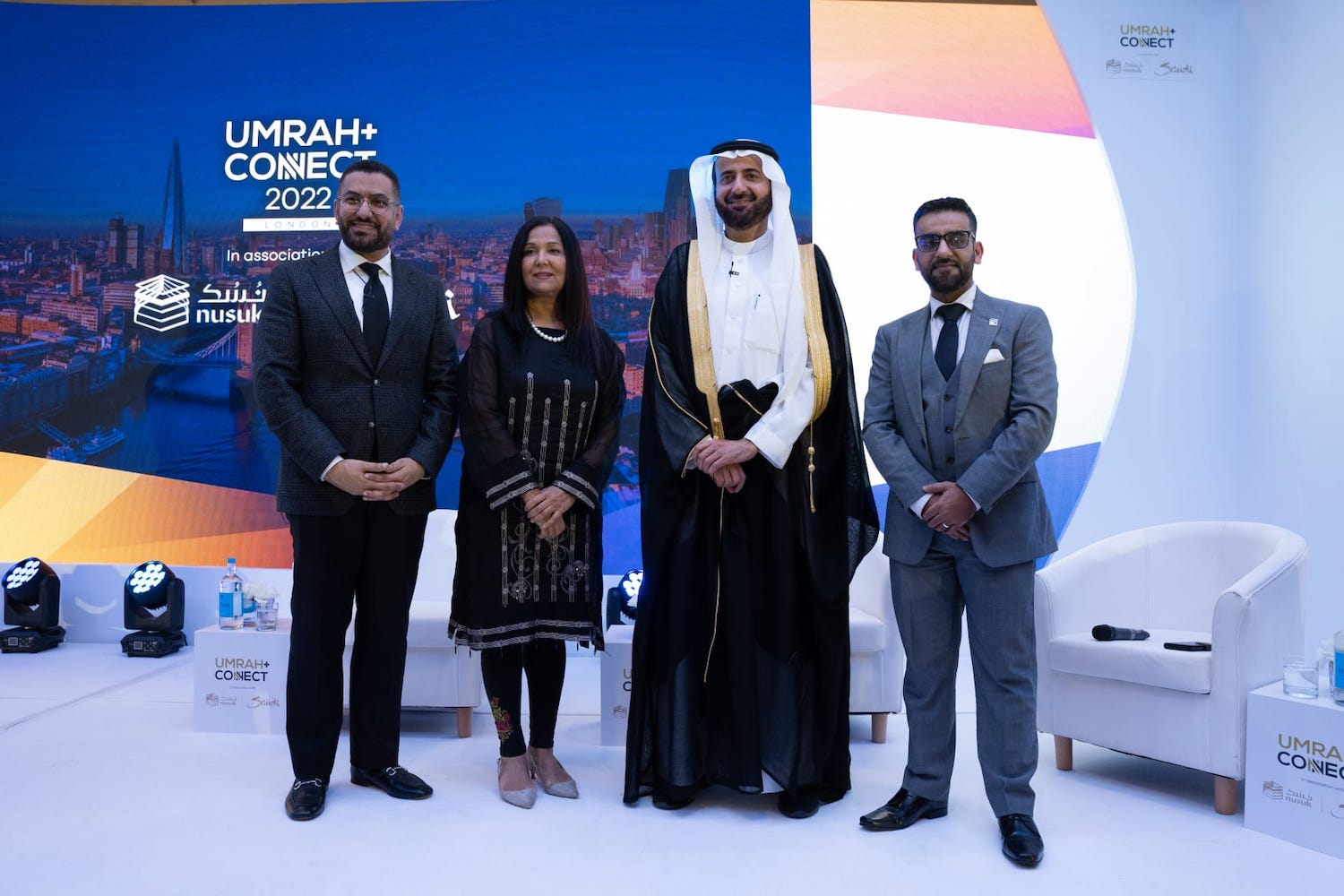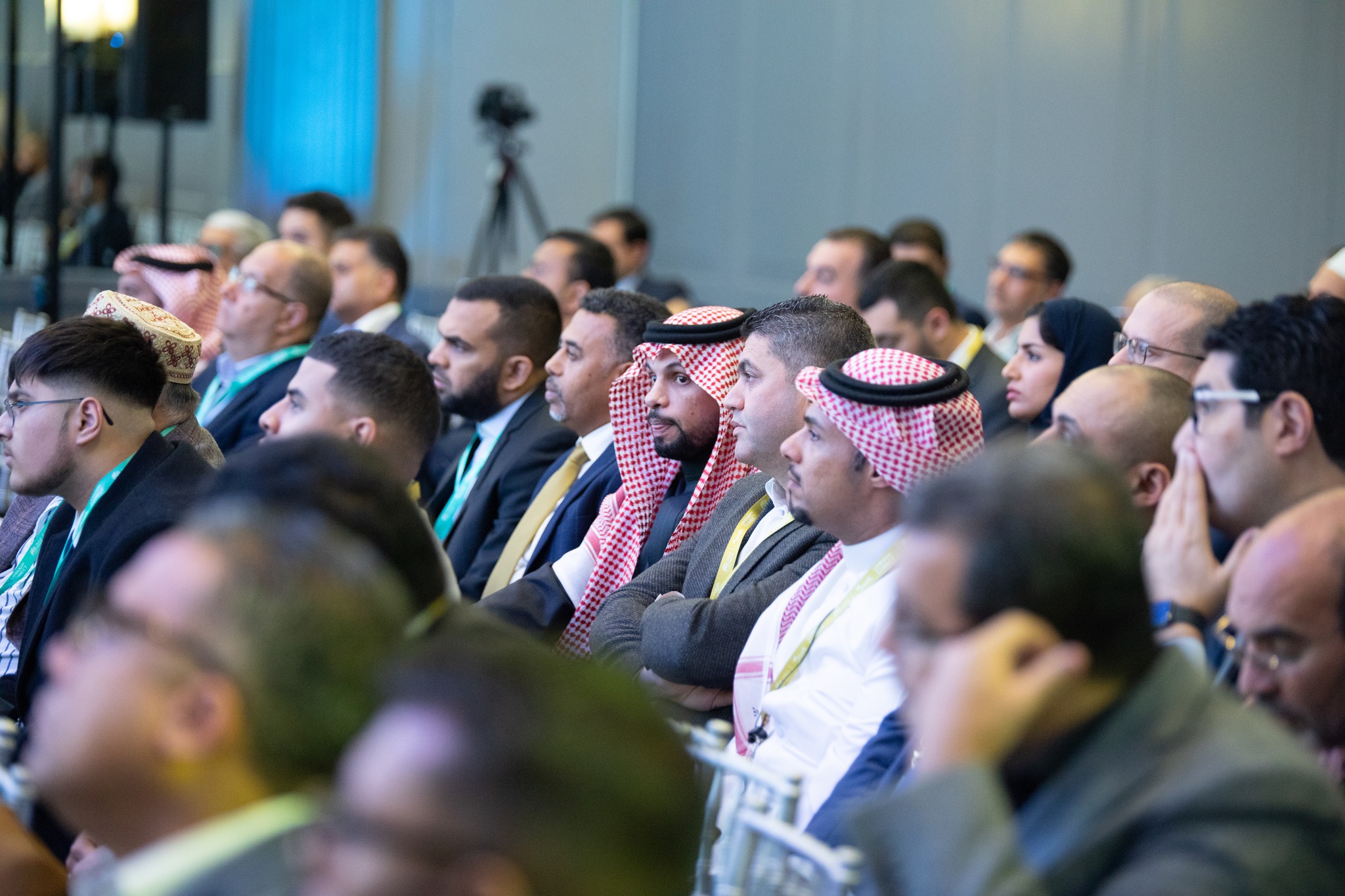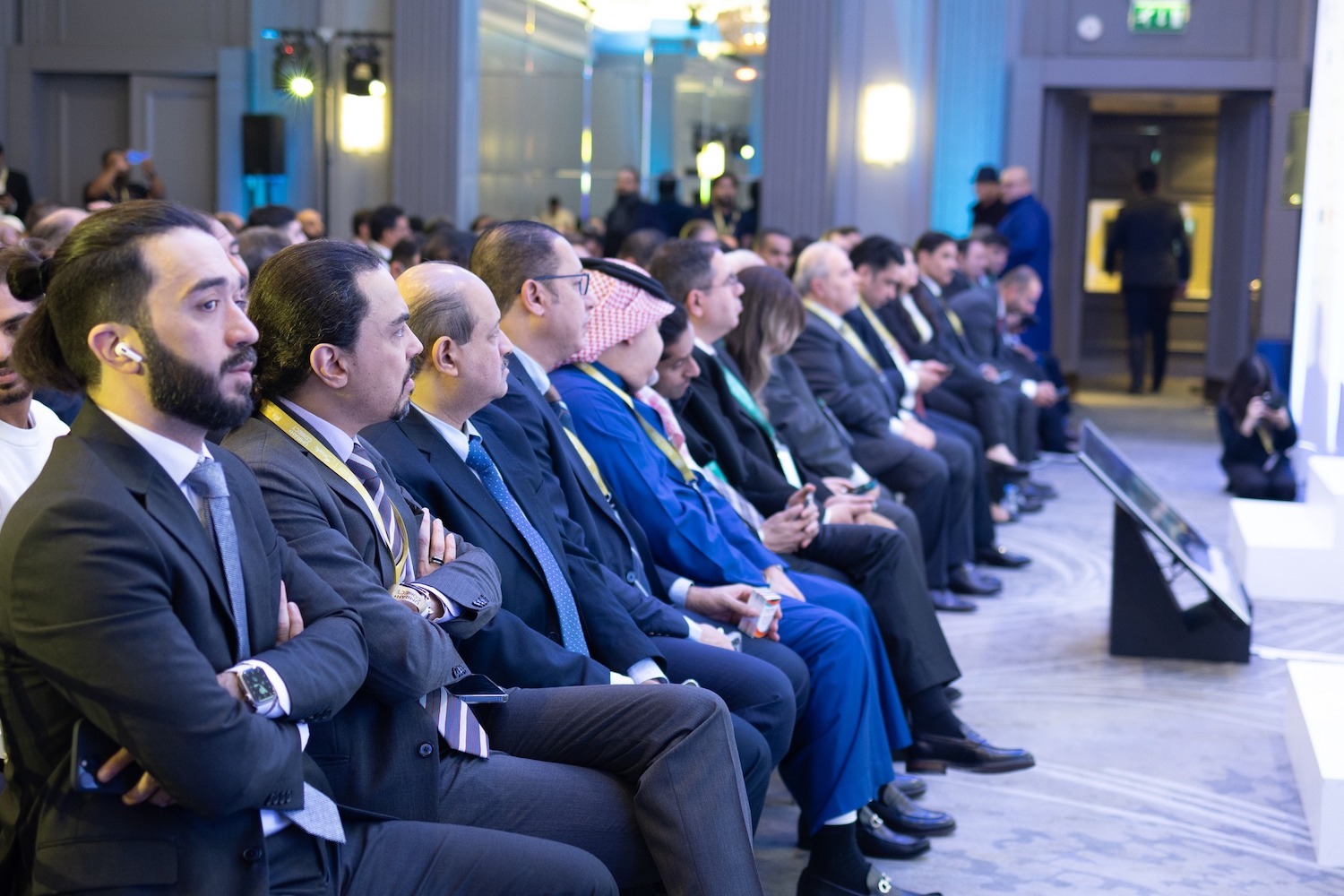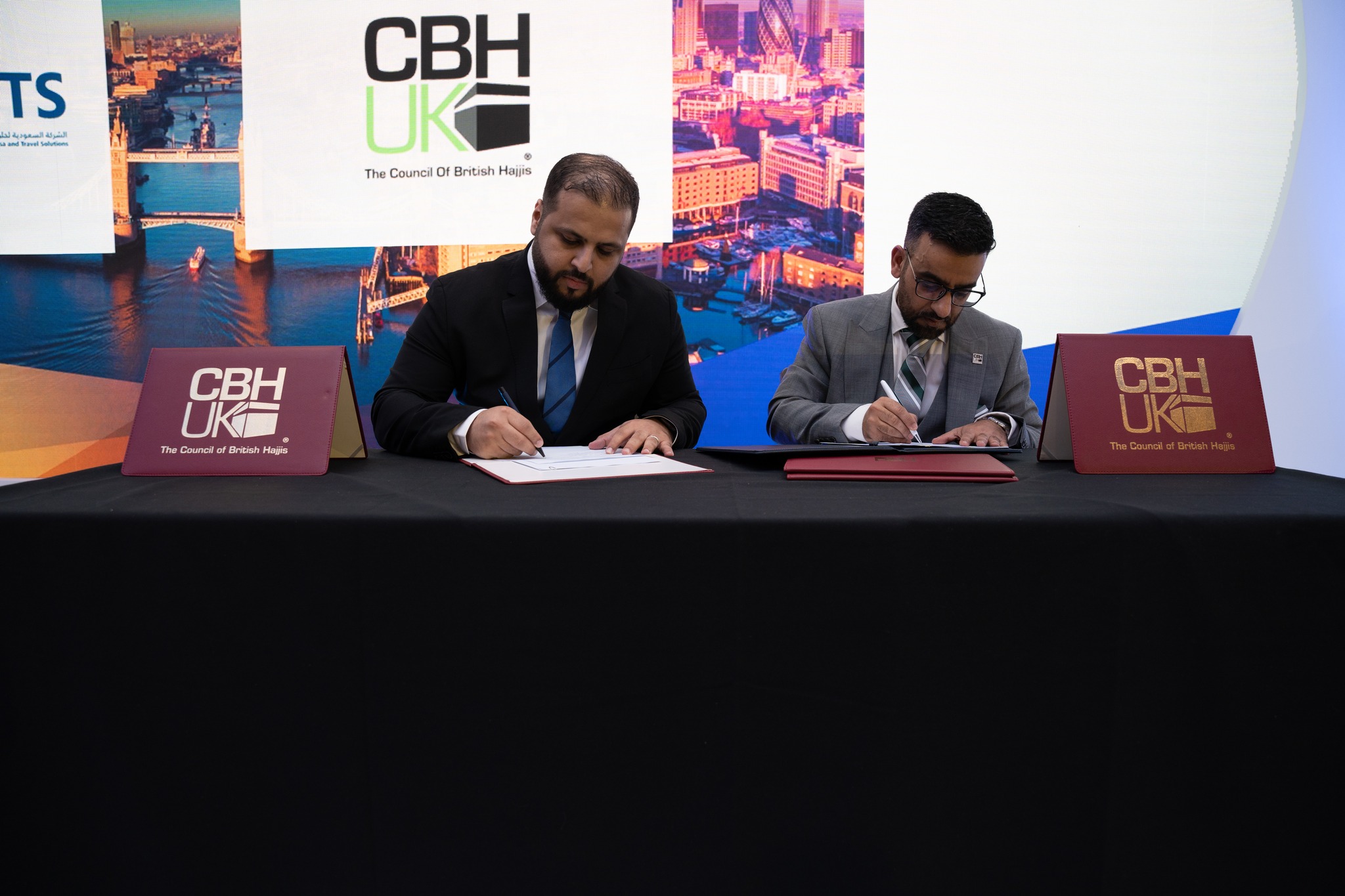LONDON: The UK was “one of the most important regions” for Saudi Arabia as the Kingdom embarked on a journey to enrich the experiences of Umrah pilgrims, the minister of Hajj and Umrah said on Sunday.
Speaking at the Umrah+ Connect event in London during his first visit to Britain in the ministerial role, Dr. Tawfiq Al-Rabiah noted that the Kingdom was “now focused on creating seamless experiences for visitors to Saudi Arabia.”
He said: “It is this spirit which led to the design of Nusuk, launched (in September) by the Ministry of Hajj and Umrah.”
Nusuk is a unified government platform through which pilgrims can plan and book their visits to Makkah and Madinah, and is among the Saudi Vision 2030 objectives to better the quality of services provided and enrich the religious and cultural experience of pilgrims.
“The UK is home to more than 3 million Muslims and one of the most important regions for us as we embark on our journey to enrich and enable the spiritual and beautiful experience of Umrah for Muslims across the globe,” the minister told the Umrah+ Connect audience.

(L to R) Nusuk Managing Director Fahd Hamidaddin, MP for Bolton South East Yasmin Qureshi, Minister of Hajj and Umrah Dr. Tawfiq Al-Rabiah, and CBHUK CEO Rashid Mogradia. (Mohammed Rashid)
Umrah+ Connect is an annual business-to-business event, this year jointly hosted by the Council of British Hajjis (CBHUK) and the All-Party Parliamentary Group on Hajj and Umrah.
Al-Rabiah pointed out that serving pilgrims from around the world was an honor for the Kingdom that had witnessed an “unprecedented rise” in the number of people visiting Makkah and Madinah this year.
He said this was a “direct result” of efforts to strengthen digital infrastructure to enrich visitors’ experiences.

Guests listen to a presentation being delivered at the Umrah+ Connect event on Sunday. (Mohammed Rashid)
“We have a goal to continue advancing technological tools, or to use more advanced technological tools to provide solutions, services, and visas that will create seamless experiences to make the pilgrim visit easier than ever before,” he added.
The minister said that among steps taken to make the holy cities of Makkah and Madinah more accessible to pilgrims, COVID-19 and age restrictions had been lifted, the duration of Umrah visas had been extended from 30 to 90 days, and the need for a male guardian no longer existed.
“Saudi Arabia is eager to serve the Two Holy Mosques and pilgrims from all over the world and this is why we have also worked to digitize the process for all visa types,” Al-Rabiah added.

Guests listen to a presentation being delivered at the Umrah+ Connect event on Sunday. (Mohammed Rashid)
Chief executive officer of CBHUK, Rashid Mogradia, said it was an honor to host Al-Rabiah at the Umrah+ Connect event.
“We saw over 250 travel and tour operators and service providers from the Kingdom and around the world gather in the heart of London for a productive day of learning, networking, and providing solutions for challenges faced by the Umrah industry,” he added.

The CEO of CBHUK Rashid Mogradia delivers a speech at the Umrah+ Connect event on Sunday. (Mohammed Rashid)
And he noted that the team at Umrah+ Connect was “ready to deliver on the Kingdom’s Vision 2030 in enriching and enhancing pilgrim experiences and numbers.”
During the event council officials signed memoranda of understanding with Shomukh Aviation, and the Saudi Company for Visa and Travel Solutions.

A memoranda of understanding is signed at the event. (Mohammed Rashid)
Mogradia said: “We are creating partnerships and connecting with partners in Saudi Arabia that can offer value and service for British pilgrims.
“We’re looking at ways to develop products and initiatives that will enhance the pilgrimage experience in line with Vision 2030.
“Today we got to learn more about the Nusuk brand, what it means, and how it is an enabler for both the business-to-consumer and business-to-business markets and complements traditional businesses who offer Umrah packages,” he added.




































